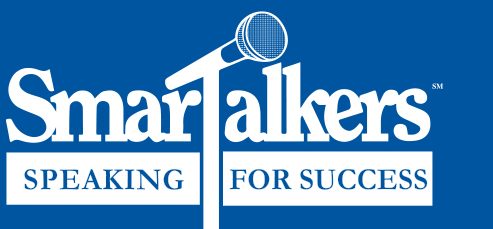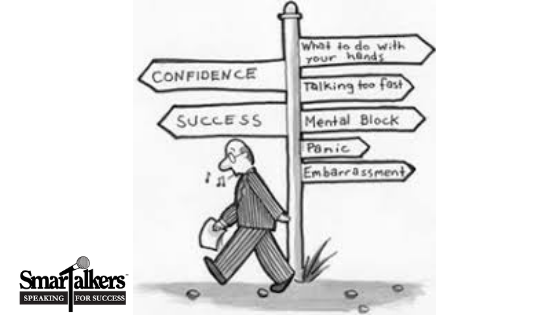
A survey on public speaking was conducted by Brownlee & Associates that involved over 3,000 respondents with positions from President, Managing Director, Senior Directors, Employees in Sales, Marketing, R&D, Quality Control, I.T, Doctors, Scientists, and Lawyers.
The objective was to identify the main causes as to why audience members disconnect and stop paying attention during presentations.
During a series of weekly blogs, I highlight a few of the specific areas of disconnect surveyed and offer practical coaching suggestions to help you keep your audience connected. Many of the suggestions provided will come from my book Loud and Clear: How to Prepare and Deliver Effective Business and Technical Presentations.
The results have been divided into two sections; The design of the presentation and the delivery of the presentation.
The higher the percentage the more the survey participants felt they would disconnect. Percentages ranged from 72%-99%.
The results of this survey make it clear that when the audience is bothered by areas in the design of the presentation that were done or not done or certain delivery behaviors of the presenter exhibited during the presentation were not executed well, the result will be a disconnection between the audience and the presenter and their presentation which will affect the quality of the communication, the degree of impact and memorability of the activity as well as the achievement of the objectives of the presenter.
Topics covered in the previous post: How to keep from turning your back to your audience when looking at your slides and talking too fast.
Delivery: Survey results indicated 99% agreed they would disconnect if: When answering questions from the group, the presenter goes off on a tangent, thereby extending the duration of the presentation.
My coaching suggestion: This includes paying attention to both design and delivery. If the presenter has a clear idea of the timing of the presentation mentioned in Post # 1 (Click here to read this post), the presenter will be aware of the time element and refrain from going off on a tangent.
Delivery: Survey results indicated 99% agreed they would disconnect if: The presenter has obviously not prepared for the presentation.
My coaching suggestion: The final step in the 6 Step Process found in my book: Loud and Clear: How to Prepare and Deliver Effective Business and Technical Presentations is PRACTICE! Unfortunately, this important step is overlooked due to a lack of time.
I don’t support the premise practice makes perfect. Nobody’s perfect and this premise will impose stress into a situation that for many people is already a stressful situation. I support PRACTICE MAKES PERMANENT. More practice means increased comfort with the material. This ultimately allows the presenter to be more connected with the audience and the audience will be more connected with the presenter. Our goal, as presenters, is to make our audience feel connected and comfortable with the information that is presented and the way the information is presented.
For more information on this and other topics on effective public speaking, please contact me at: wendy@smartalkers.com or through my website: www.smartalkers.com
Connect with me via LinkedIn or like my Facebook page.









